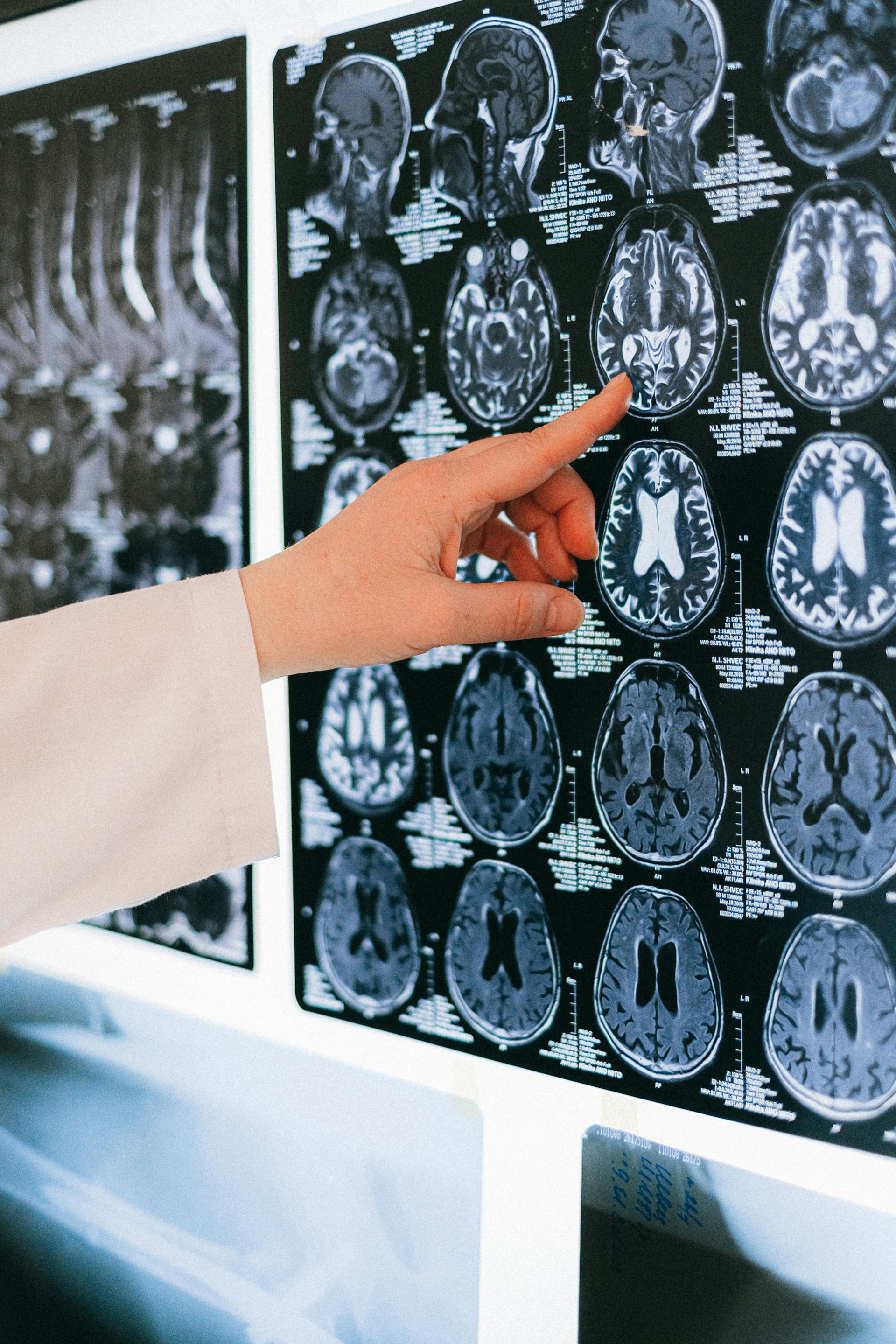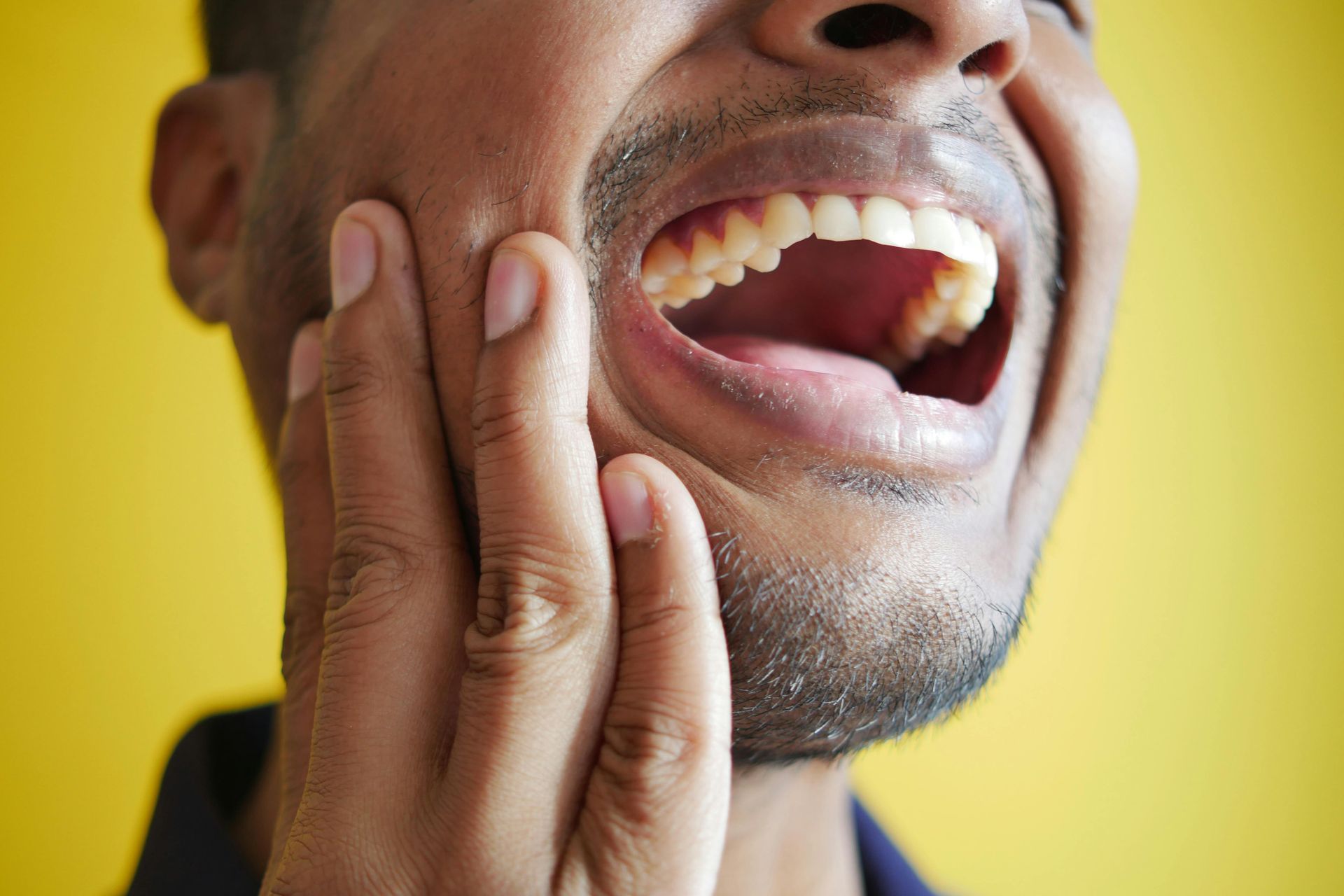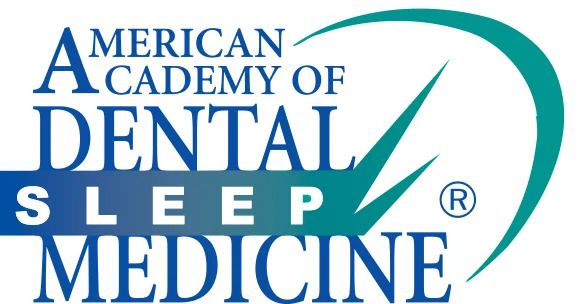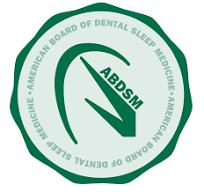Splint Therapy vs. Other Therapies to Treat TMJ
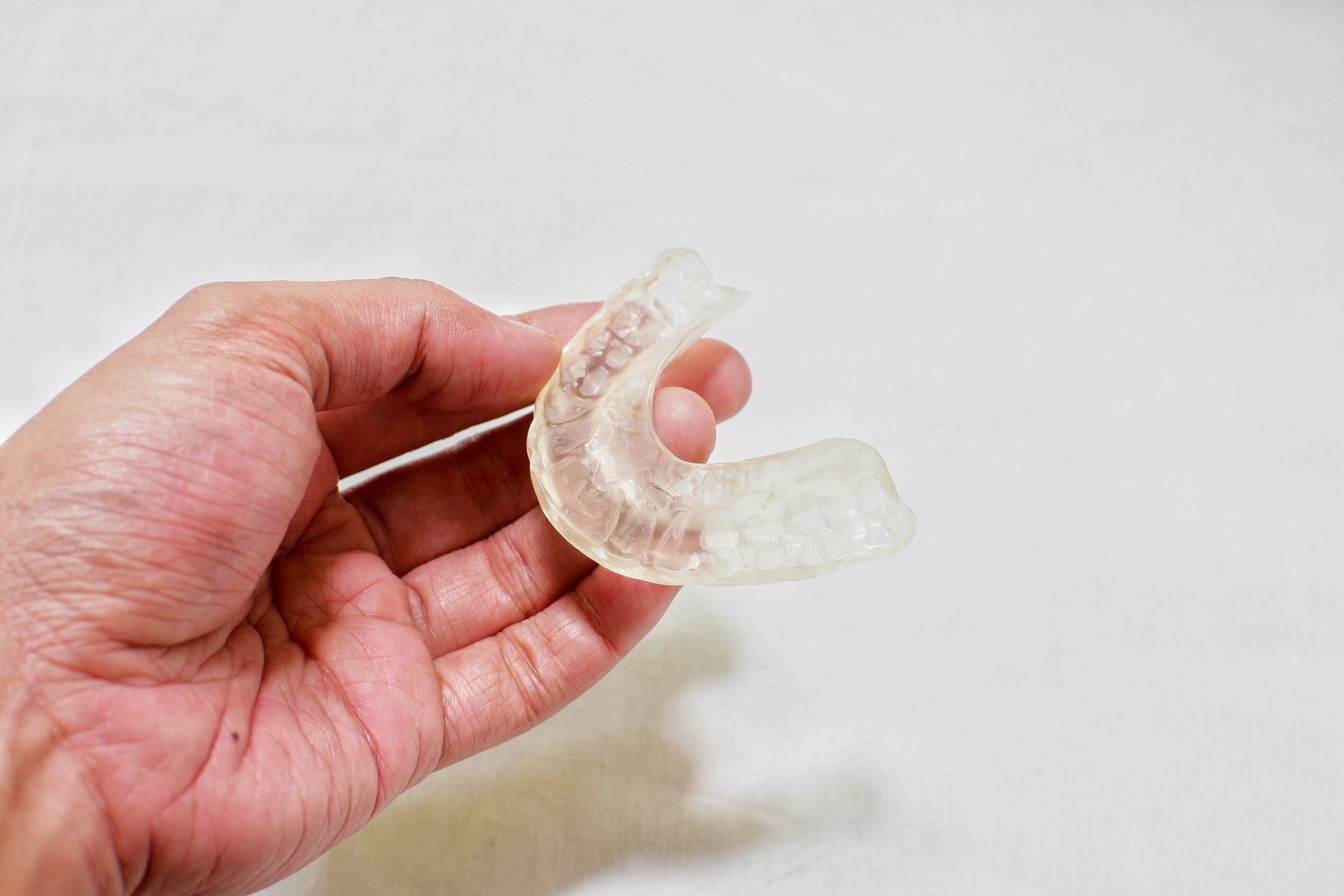
If you regularly experience jaw pain and headaches, you are not alone. Pain associated with the temporomandibular joint, or TMJ, affects millions of people every year, producing constant tension in muscles and nerves and contributing to persistent–often debilitating–discomfort.
Pain and dysfunction of the TMJ is collectively referred to as TMJ disorders, or TMD. TMD can make everyday life challenging and pose significant risks to your overall health. Successfully treating TMD requires a complete and comprehensive approach that works to correct the physiological abnormalities that are at the root of the pain and the problem.
For more than 15 years, TMJ specialists Dr. Katherine S. Phillips and Dr. YC Joseph FischerHahm of Restore TMJ & Sleep Therapy in The Woodlands have dedicated their practice to treating patients suffering from TMJ and orofacial pain. Using proven therapies and treatment modalities, they have helped thousands of people find the best possible solutions for managing the symptoms and relieving pain of TMD while improving their quality of life.
The Importance of Treating TMJ: More Than Just Jaw Pain
TMJ disorders can be more than just an inconvenience; they can disrupt your life. For many people, the pain of TMD isn’t limited to the jaw, radiating to the neck and shoulders and causing headaches. TMJ disorders can also affect your ability to eat, speak, and sleep well, and over time, untreated TMJ can lead to more serious health issues like chronic pain or even hearing loss.
To preserve your overall health, ignoring TMJ symptoms is simply not an option. Early treatment can prevent the condition from worsening and help you avoid more invasive procedures down the line, while effective treatment can significantly improve your quality of life, allowing you to finally enjoy a meal without wincing in pain or get a good night’s sleep without jaw discomfort.
A Brief Overview of TMJ Treatment Options
When it comes to treating TMJ disorders, there’s no one-size-fits-all solution. The right treatment plan for you often depends on the severity of your symptoms and your individual needs, and is likely to include a combination of therapies.
Whether used as standalone treatment or in conjunction with other modalities, some of the most common methods of treating TMD and TMJ pain are:
- Splint therapy. Oral appliances that are specifically designed to treat TMJ disorders by relaxing the jaw muscles and improving jaw function.
- Pros: Targeted, long-term relief. Most researched, conservative, and effective solution for most cases.
- Cons: May require an adjustment period, with no one-size-fits-all option. May require further modification or customization.
- Botox injections. Therapeutic Botox from Restore TMJ & Sleep Therapy blocks the release of the neurotransmitters in certain muscles that cause them to contract and stiffen, relaxing the targeted muscles to relieve tension and pain.
- Pros: Quick relief, non-surgical. Effective for pain originating from the TMJ, and may provide relief where other traditional methods have failed.
- Cons: May require frequent treatments, not a long-term solution.
- Medications. Over-the-counter pain relievers and prescription medications can help control pain and reduce inflammation.
- Pros: Immediate relief, convenient, and widely available.
- Cons: Potential side effects, not a long-term solution.
- Self-care/lifestyle changes. Simple changes like avoiding hard foods, doing jaw exercises, and even TMJ massages can make a difference.
- Pros: Non-invasive, cost-effective.
- Cons: May require lifestyle changes, results vary and depend on adherence to treatment plan.
- Trigger point injections. Available at Restore TMJ & Sleep Therapy, trigger point injections target muscle knots to relieve pain.
- Pros: Quick relief, targeted.
- Cons: Invasive, may require multiple sessions.
- Surgical options. Surgery is generally considered a last resort and is only recommended for severe cases.
- Pros: Potential for permanent relief.
- Cons: Highly invasive, risks and complications.
Splint Therapy for Effective TMJ Treatment
While all of the therapies mentioned above have their place in treating TMJ pain and TMD, splint therapy continues to be the gold standard in effective treatment with long-lasting results.
Splint therapy consists of a custom-made oral appliance similar to a mouthguard that is designed to relax your jaw and improve its functionality. A splint for splint therapy is not only fitted to your unique bite, but it is intended specifically for treating TMD, with research that consistently demonstrates the efficacy of splint therapy in managing TMJ disorder.
Splint therapy is a proven and effective non-invasive treatment option for many patients and while individual results may vary depending on the severity and the underlying cause of their TMJ issues, the majority of splint therapy patients experience substantial improvements in their symptoms, from reduced pain to improved jaw function.
Most TMJ specialists will begin treatment with a conservative approach, trying simple, non-invasive options that can ease your symptoms, relieve your pain, and minimize risk without changing your natural bite, relying on medication, or performing in-depth procedures. Splint therapy fits well within this philosophy, offering the benefit of non-invasive, non-surgical, and opioid-free treatment that is also convenient and effective.
Other advantages of splint therapy to treat TMJ include:
- Improved pain relief. Splint therapy is tailored to target the specific causes of your TMJ discomfort, reducing pressure on the jaw joint and muscles for effective pain relief.
- Better jaw function. Splints encourage proper alignment of the jaw, resulting in smoother and more comfortable movement. With your jaw aligned correctly, you can chew, speak, and open your mouth wide without discomfort.
- Prevents further damage. By reducing teeth grinding and lessening the impact of TMJ issues, splints can help prevent additional dental and jaw problems from developing.
- Customization. Each splint is uniquely designed to fit your individual bite, ensuring maximum comfort and effectiveness. Splints also allow for adjustments and fine-tuning as needed to optimize your treatment.
Getting the Most Out of TMJ Treatment Therapy
When it comes to treating TMJ, there is no “standard” solution and there is no shortcut. Your symptoms are unique to you, so your treatment should be. TMJ is also a complex, multifactorial condition that requires extensive experience in the physiology of the face and jaw. That’s why seeing a TMJ specialist is so important for obtaining the right diagnosis and the right treatment plan.
While TMJ specialists like Dr. Phillips and Dr. Joe FischerHahm of Restore TMJ & Sleep Therapy continue to be at the forefront of cutting-edge methods for treating TMJ, their approach is also deeply rooted in effective, proven solutions that deliver real results for lasting pain relief, such as splint therapy. In addition to splint therapy, TMJ specialists can also connect you with a variety of treatment options including physical therapy, medication, and sleep therapy for customized plans that address your needs and fit your preferences.
By taking a holistic and comprehensive approach to care, the team at Restore TMJ & Sleep Therapy can address multiple facets of your TMJ condition to target the source of your pain, not just the symptoms. They also provide the ongoing care, monitoring, and adjustments that are necessary to make your TMJ therapy successful.
Rely on Restore TMJ & Sleep Therapy for Your TMJ Treatment
When it comes to treating TMJ, expertise matters. TMJ specialists like Dr. Phillips or Dr. Joe at Restore TMJ & Sleep Therapy have the training and experience to diagnose and treat your condition effectively with therapies tailored to your specific needs. You don’t have to live with TMD or orofacial pain; schedule a consultation with Restore TMJ & Sleep Therapy today and take the first step toward a happier, healthier life.
-2700x842-1920w.png)






